Composite fencing and wood fencing are popular options for property owners looking to install a new fence. Composite is a contemporary fence type made of a mixture of plastic and real wood, offering an eco-friendly alternative to standard fencing.
On the other hand, wood is a traditional option that has been popular for many years. When comparing composite wood to traditional timber fencing, there are several factors to consider, all of which are explored throughout this article.
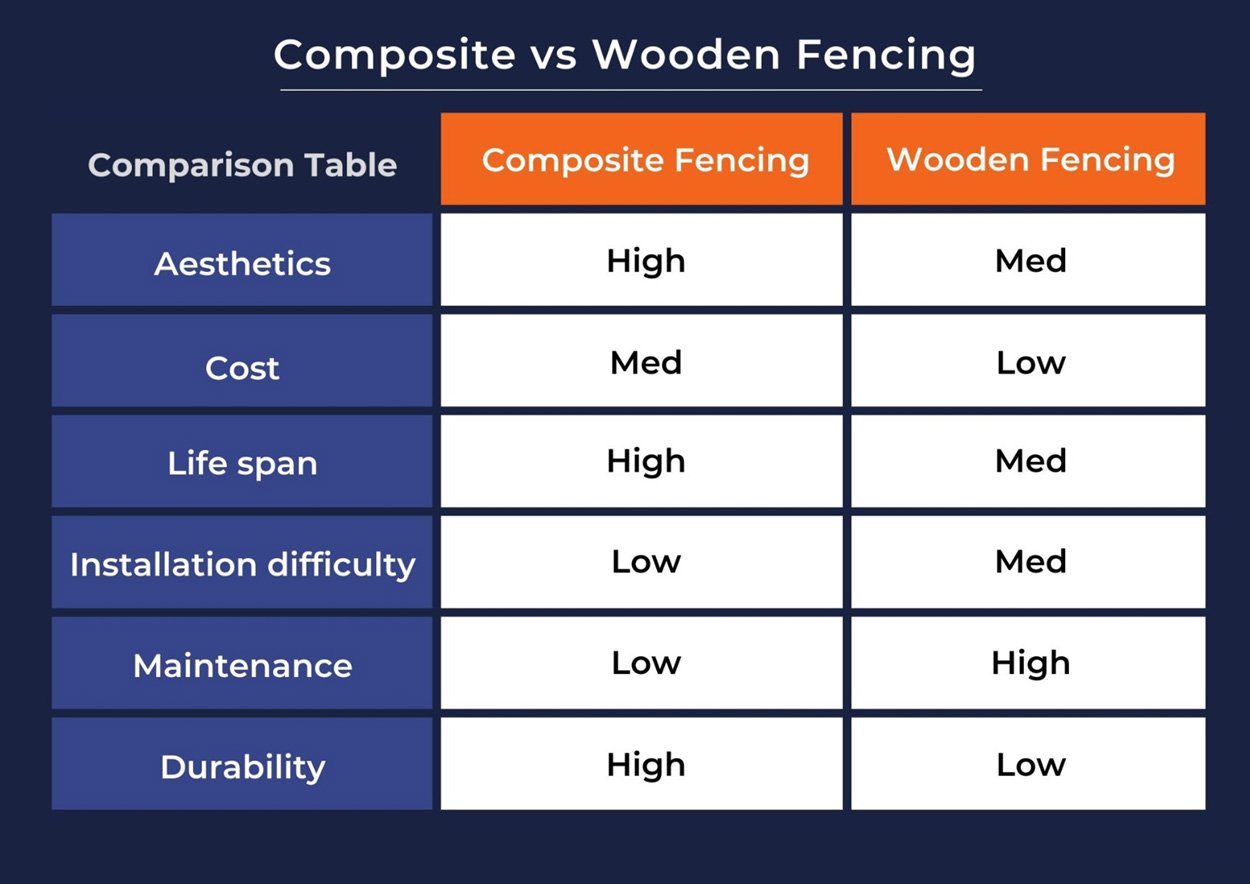
Composite Fences - The Ingredients
Cladco Composite Fencing Boards are environmentally friendly, being manufactured from 100% recycled materials - 60% reclaimed wood fibres and 40% recycled plastic.
This helps reduce plastic and waste from going to landfill, and instead reusing it within Cladco Composite products.
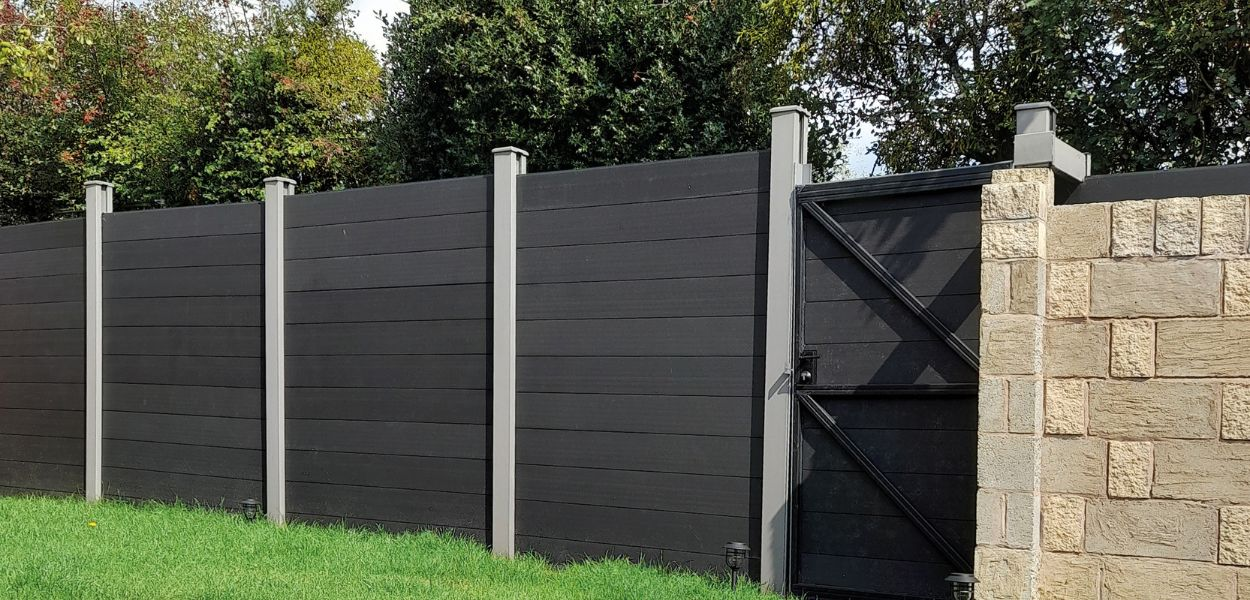
Durability
The durability of composite fence compared to a wooden fence is influenced by several factors:
Composite Fencing:
-
Composite material is highly durable and resistant to external environmental factors such as UV rays, offering stronger waterproof, fireproof, anti-corrosion, moisture-proof, and insect-proof features.
-
Unlike pressure treated wood, the fence has better stability and is less prone to expansion, contraction, cracking, or deformation due to temperature fluctuations.
-
The nail-holding power of composite fence panels is stronger, being 2-5 times that of ordinary wood.
-
A composite fence is designed to withstand heavy storms and is not affected by insects or mould, contributing to its long lifespan and durability.
-
Composite wood fences typically come with longer warranties than wood due to their inherent durability.
Wood Fencing:
-
A wooden fence, typically used for garden fencing, can remain stable and secure for decades, but its durability depends on regular maintenance and treatment to resist termites, severe weather, and mould stains.
-
Natural wooden fences need to be treated regularly to resist termites, severe weather, and mould stains, and they may require repairs or replacements if sections rot.
-
Wood fence can be prone to rot, mould, mildew, fading, and weather impact, and its durability can vary based on the quality and the manufacturer.
In summary, composite is generally more durable than wood, offering stronger resistance to environmental factors, better stability, and a longer lifespan.
Traditional timber fence durability depends on regular maintenance and treatment, and its resistance to environmental factors can vary based on the quality of the wood and the manufacturer.
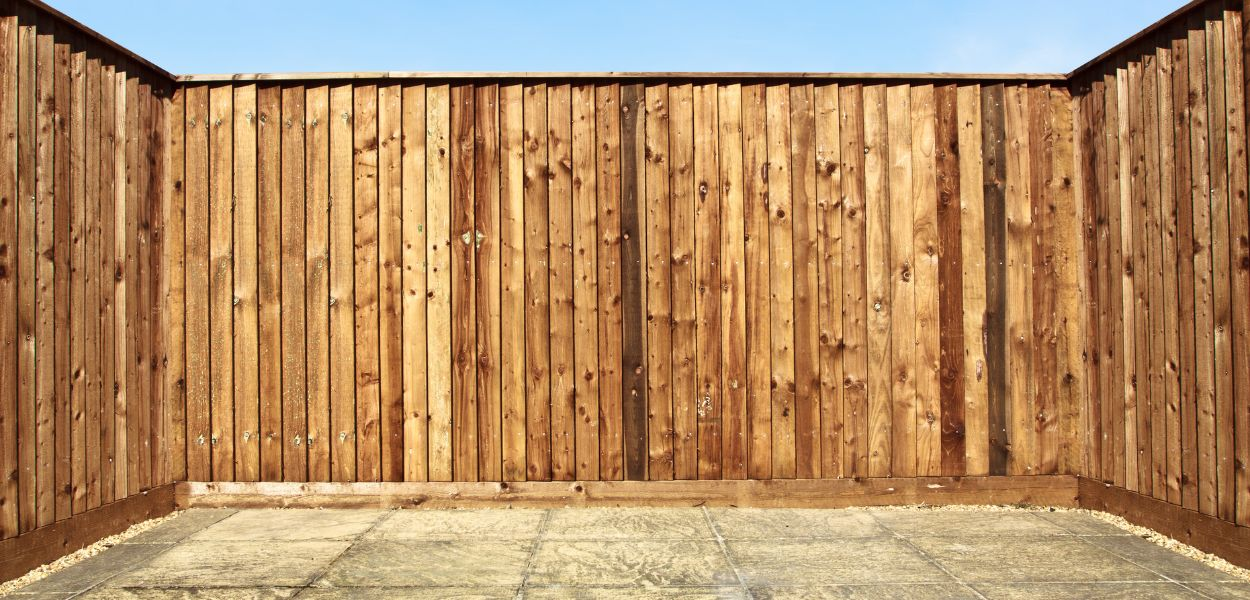
Cost
In the UK, the cost difference between composite and wood is influenced by several factors:
-
Though more expensive, composite fencing worth is measured by several advantages over their wood counterparts.
-
The initial cost of composite panels can be higher than timber, starting at £12.95 excluding VAT for boards and full fence panel kits starting at £206.40 excluding VAT.
-
While the upfront cost of a composite fence may be higher, it is often considered a better long-term investment for your outdoor space, due to its durability and extended lifespan.
-
It also wood fencing requires minimal maintenance, which can contribute to cost savings over time.
-
Traditional wood fences are generally cheaper upfront, costing around £15 per foot, compared to composite panels, which cost around £25 per foot.
-
However, wood typically comes with more requirements, including staining, painting, and regular upkeep to preserve its appearance and structural integrity.
-
The long-term costs of wood can add up due to the need for ongoing maintenance, such as staining, varnishing, and painting to keep the fence in good condition.
While a composite fence may have a higher initial cost compared to wood, its durability, extended lifespan and minimal maintenance required can make it a more cost-effective option in the long run.
A wood fence, while initially cheaper, will incur maintenance costs over time, impacting the overall cost-effectiveness of your fence project.
Maintenance
Composite Fencing
-
Composite fencing materials require minimal upkeep. They don't rot, warp, or splinter like wood, reducing the need for regular maintenance.
-
It is highly resistant to weather conditions, insects, and rotting, which means fewer repairs and replacements over time.
-
Composite often retains its colour better than wood, meaning it doesn't need to be stained or painted.
-
Typically, composite wood fencing can be cleaned easily with soap and water, maintaining its appearance without much effort.
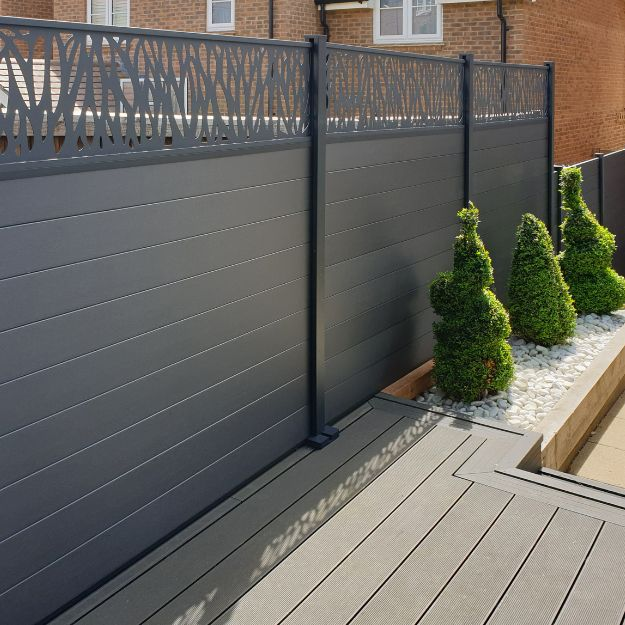
Wood Fencing
-
Wood fencing demands more maintenance. It requires staining, sealing, or painting every few years to protect it from weathering and decay.
-
Wood is susceptible to rotting, insect infestation, and warping, which can necessitate frequent repairs or replacements.
-
Wood tends to fade over time due to exposure to sunlight, requiring periodic refinishing to maintain its appearance.
-
Cleaning wood fencing might involve more effort, requiring power washing or specialized cleaning agents to remove dirt and stains effectively.
Appearance
Composite Fencing
-
Composite fence panels provide a modern and sleek appearance that can complement contemporary outdoor spaces - much better than looking at concrete posts.
-
It offers various aesthetic options that cater to different preferences, allowing homeowners to choose from a range of styles and colours.
-
The fence panels are designed to mimic the warm and natural appearance of wood, providing a similar, more modern look without the requirements of traditional wood.
Wood Fencing
-
Natural wood fence provides a timeless and classic aesthetic that can enhance the natural beauty of outdoor environments.
-
It offers a traditional feel and privacy, contributing to a warm and inviting atmosphere in residential settings.
Sound Insulation Properties
When comparing the sound insulation properties of both composite fences and wooden fences, it's important to consider the materials and construction of each type of fence.
Composite Fencing
The fencing, made from a mixture of plastic and real wood, offers soundproofing benefits due to its construction. The plastic coating on the wood fibres creates a weatherproof, waterproof, and noise-reducing barrier. They are designed to create an acoustic barrier, minimising gaps that sound can travel through.
Wood Fencing
Standard wood fences, particularly those made from dense and thick wood, can be effective at reducing noise levels due to their ability to absorb sound waves.
The density and thickness of the wood fence impacts the amount of noise reduction provided. However, gaps between the boards or slats can reduce the effectiveness of a wood fence as a sound barrier.
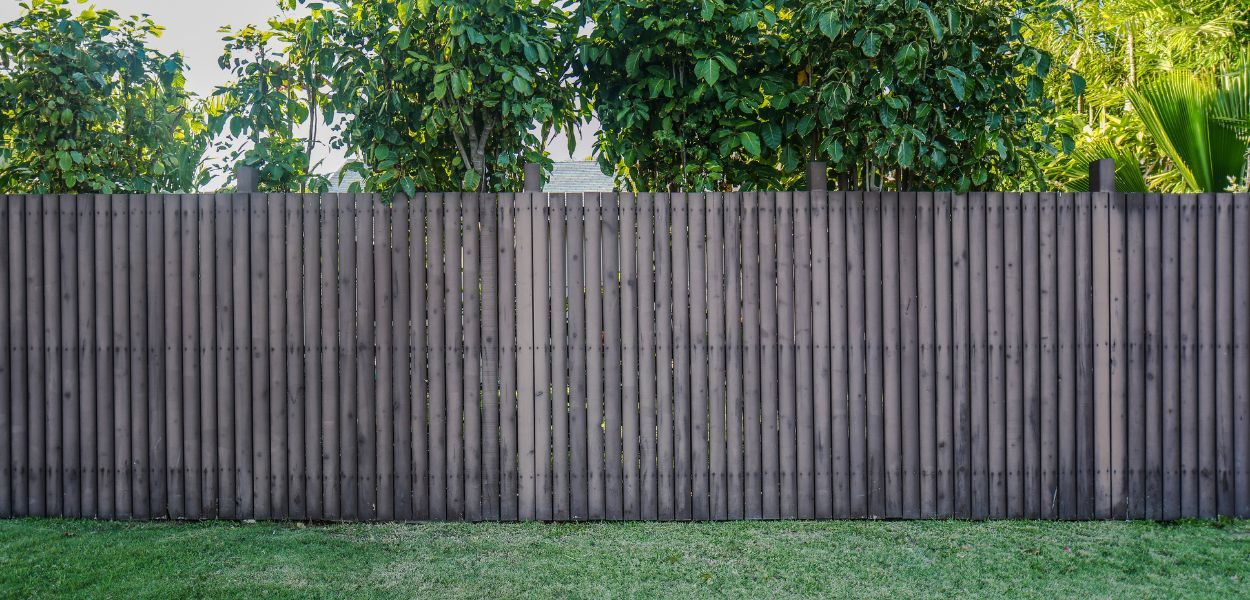
Fire Resistance
Composite Fencing
The fencing materials can vary widely in their fire resistance properties. While some fencing products are designed to have resistance to fire ignition and spread, there are also many that have little or no fire resistance.
The fire resistance of the fencing can be influenced by factors such as the specific composition of the materials, the presence of plastic components, and the overall design of the product.
Wood Fencing
Wood and wood-plastic composite fences are generally more likely to contribute to fire spread compared to non-combustible materials such as stone, brick, or steel.
The fire resistance of wood fencing can vary depending on the type of wood and its treatment, but in general, a wood fence is considered to be less fire-resistant compared to composite materials.
Fire resistance can vary based on the specific materials and construction methods used.
Installation
When comparing the installation of composite fences vs natural wood fences, several key differences emerge:
Composite Fencing Installation:
-
Composite fencing posts and panels are generally considered easier to install than wooden posts.
-
The panels are lighter and often come in easy-to-install sections, which can significantly reduce the time and labour required for installation.
-
The fencing can be bought as pre-fab sheets, lowering the installation time and overall labour cost.
-
The installation process typically involves hauling heavy materials and may require assistance due to the weight and occasional need to hold materials at challenging angles.
-
Standard tools can be used for the installation, but it's important to ensure they are clean, sharp, and reliable.
Wood Fencing Installation:
-
A wood fence installation can be more labour-intensive, as it often involves heavier materials and more intricate assembly.
-
The labour time for wood installation can be similar to composite if the fence materials are not bought as pre-fab sheets.
-
Wood fencing typically requires more maintenance, including staining, painting, and regular upkeep to preserve its appearance and structural integrity.
In summary, composite wood fencing is generally easier to install due to its lighter panels and pre-fabricated options, while wood may require more labour and ongoing care to ensure its longevity and appearance.
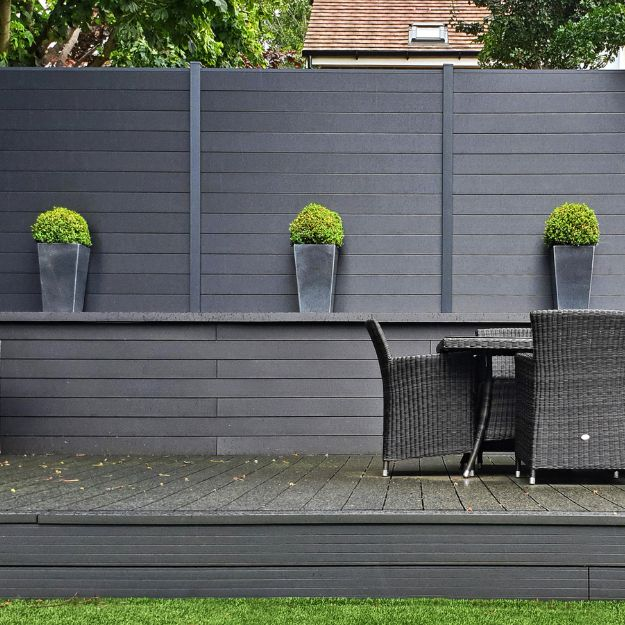
Environmental Impact
-
Composite fence panels kind to the environment, with up to 95% of materials used to make it, being recyclable, and some manufacturers using a nearly waste-free manufacturing system.
-
Pressure-treated wood, often used for wood fences, is filled with chemicals to make it resistant to insects.
Impact on Property Value
The choice between wood and composite decking can significantly impact the property value of a home, as it affects both aesthetic appeal and long-term maintenance considerations.
Composite Fencing
-
Composite fencing, made from a blend of wood fibres and recycled plastic, offers a more durable and low-maintenance alternative to wooden fencing.
-
The panels resist fading, staining, and mould, making it an attractive choice for homeowners seeking a long-lasting and hassle-free solution.
-
While the fencing may lack the authenticity of natural wood, it often comes in a variety of colours and styles, providing flexibility in design with minimal fading.
-
The convenience of minimal maintenance and the durability of composite materials can add appeal to potential homebuyers, positively impacting property value.
Wood Fencing
-
Wood fencing, often preferred for its natural and warm appearance, can enhance the visual appeal of a property. It carries a classic charm and is often associated with traditional architectural styles.
-
The downside to wood decking is its susceptibility to weathering, insect infestations, and the need for regular maintenance such as staining and sealing to prevent decay and deterioration.
-
Despite its potential drawbacks, wood decking can contribute positively to property value if well-maintained, as it appeals to those who appreciate the authentic beauty of natural materials.
Conclusion
In conclusion, while a wood fence generally costs less upfront, composite requires less maintenance, is more durable, and has a lower environmental impact. Therefore, the choice of which to use depends on factors such as budget, maintenance preferences, and environmental considerations.
